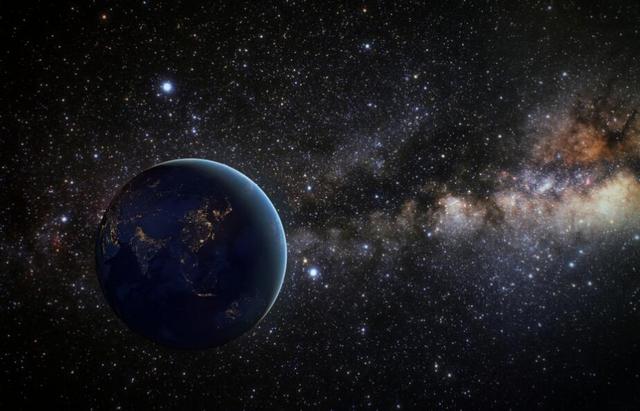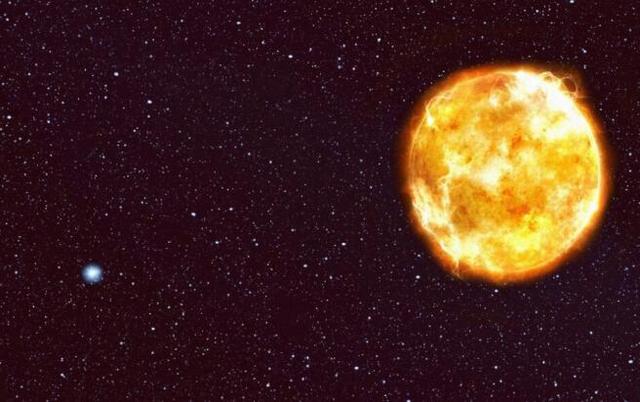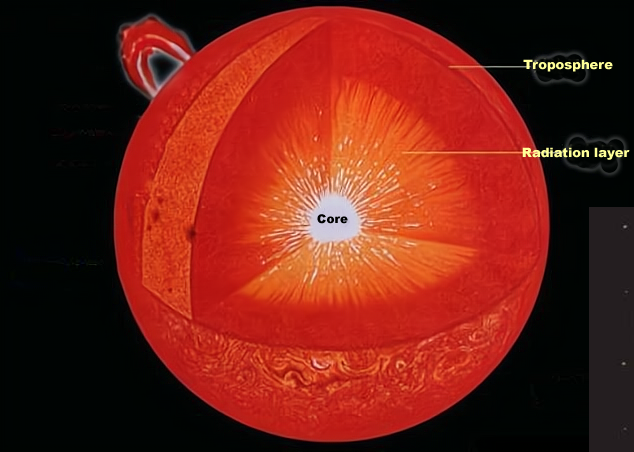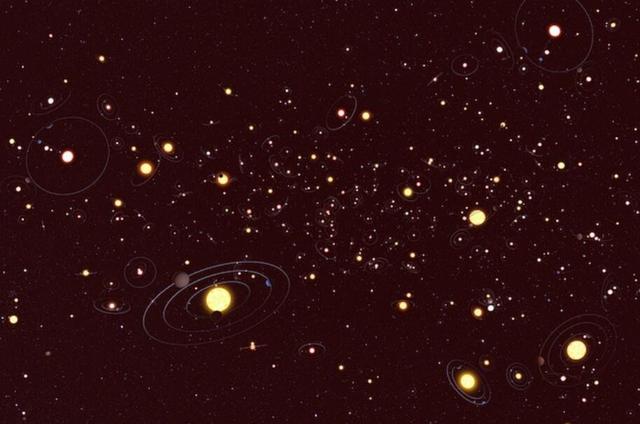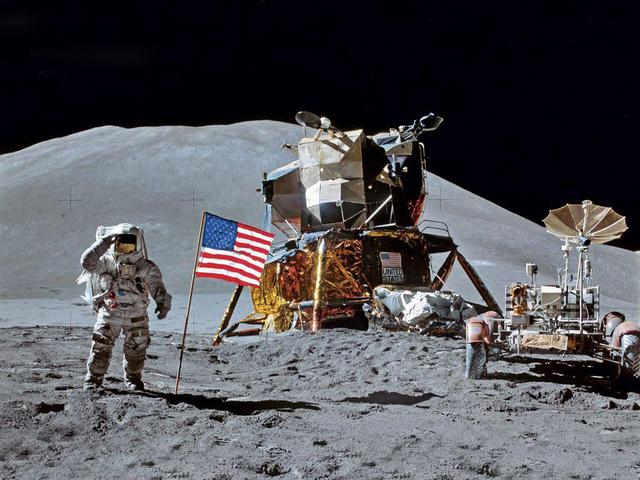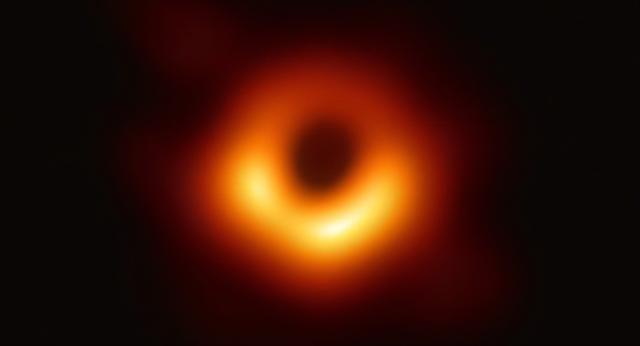- Beauty
As the only creature with superior intelligence known to exist on earth, it took only a few million years for mankind to emerge from nature and become the dominant force on the planet today, and this is something that mankind is proud of. But since learning of earth's place in the universe, mankind has put away this pride and replaced it with a deep reverence for the universe.

What is the place of the earth in the universe?
Due to various constraints, humans can actually only see a part of the universe, which is called the observable universe. According to available observations, there are trillions of galaxies within this range, of which the milky way is only one, and the milky way is made up of hundreds of billions of stars, of which the sun is only one.

Despite its insignificance in the milky way, the sun is another behemoth compared to the earth, with a mass 330,000 times that of the earth and a volume up to 1.3 million times that of the earth. Just from a numerical comparison, we can see that the earth's place in the vastness of the universe can be considered minuscule. Of course, this is not intuitive, so let's look at a practical example.
Dull blue dot
In 1977, jupiter, saturn, uranus and neptune all moved to the same side of the solar system, which meant that probes could continuously use the gravitational pull of these large planets to accelerate and thus fly faster and further, and scientists seized this perfect opportunity to launch the voyager 1 and voyager 2 probes.
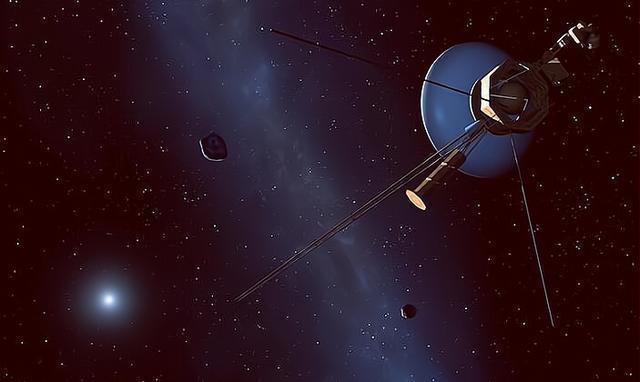
After 44 years of flight, both probes have now successfully flown beyond the influence of the solar wind, with voyager 1 flying the furthest, at a distance of 22.8 billion kilometres from us at this point. And it was this probe, which flew 22.8 billion kilometres, that sent back the last picture that taught mankind a vivid lesson.
In 1980, voyager 1 used saturn's gravity to accelerate one last time, heading diagonally upwards towards the ecliptic (at an angle of about 32 degrees), and by 14 february 1990 it was already some 6 billion kilometres from earth.
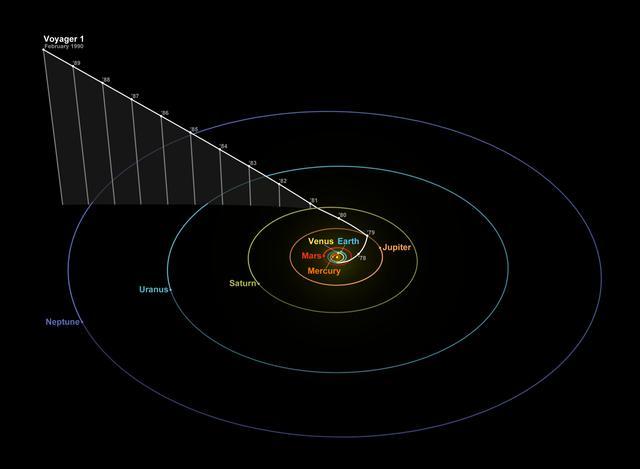
As shown above, this position can be considered a 'god's-eye view' of the solar system, so what would it look like from here looking back? Driven by intense curiosity, voyager 1 was sent a command to take pictures of the solar system from the depths of space.
After receiving the command, voyager 1 used what little energy it had left to turn the camera around and take more than 60 pictures of the solar system, then sent them back to earth, byte by byte, over the next few months.

These were also the last photos returned by voyager 1, and by stitching and superimposing them, a realistic version of the "Solar system family portrait" Was obtained (shown above).
One of the most striking of these photos, which came to be known as the 'dull blue dot', is the one in which the earth appears.
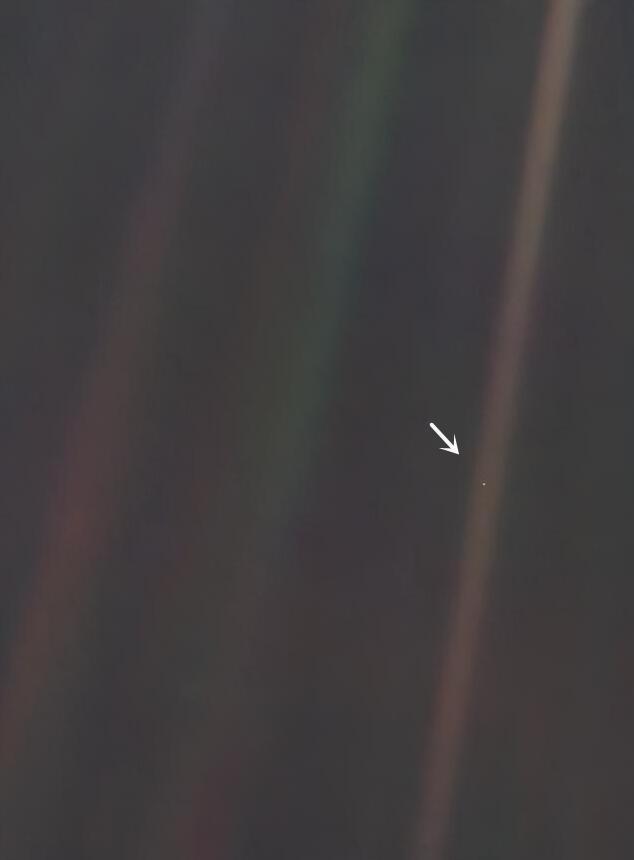
The faint dot of light, indicated by the arrow above, is the earth as photographed by voyager 1. At this distance, the earth can be seen as a speck of dust suspended in the sunlight, a mere presence.
At a mere 6 billion kilometres away, the earth is already so small, whereas the milky way is at least 100,000 light-years in diameter, so we can get a good sense of what the earth's place in the universe really is. So if you ask where the earth stands in the universe, this picture, taken 6 billion kilometres away, gives a clear answer.
The "Dull blue dot" Is a vivid lesson for mankind, about which the famous astrophysicist and cosmologist carl sagan once commented: "Our mood, our pride and our sense of having a special place in the universe are challenged by this dull blue dot. "
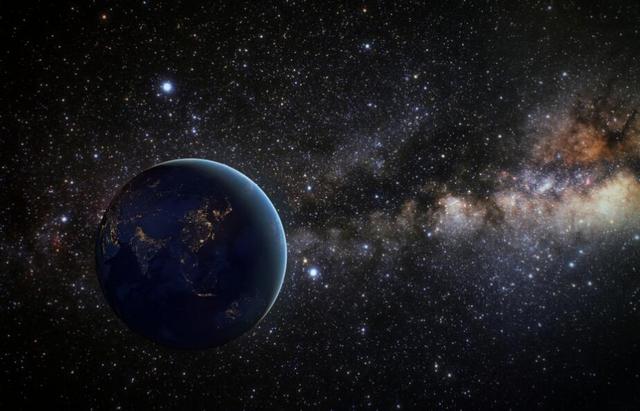
Although the earth is but a "Speck of dust suspended in the sun" In the universe, for us humans this "Speck" Is irreplaceable. It is no exaggeration to say that all human beings have lived on this "Speck of dust" Throughout the ages, and that for the foreseeable future we will not be able to leave this "Speck of dust" At all. It is for this reason that all of us should take action to cherish our only home in the universe.

